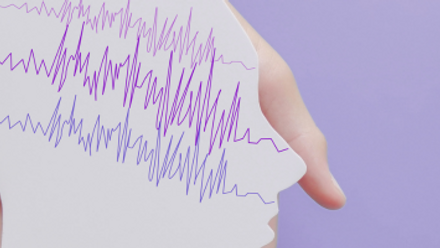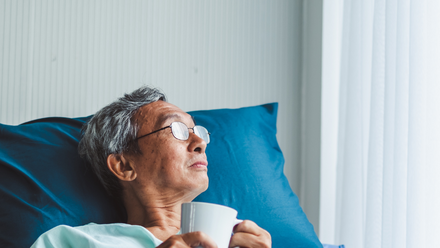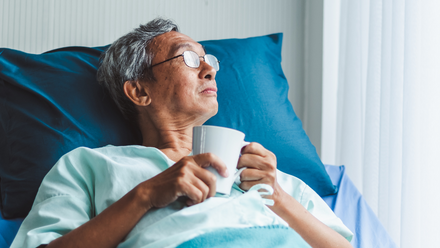Throughout the recent COVID-19 pandemic the critical care community has been treating increasing numbers of patients with severe hypoxia and ARDS. Approximately 5% of all COVID-19 patients will require mechanical ventilation on an ICU, with a further 14% requiring oxygen therapy.
Prone positioning has been recommended for ARDS patents with moderate to severe hypoxaemia (PF ratio < 150mmHg) since the publication of the PROSEVA trial; more recent meta-analyses and a Cochrane Systematic review, also support the early use of prone ventilation in patients with moderate to severe ARDS to improve oxygenation and reduce mortality when compared with conventional supine ventilation.
Internationally, observations of critical care clinicians treating these patients in Critical Care have reported that patients with moderate to severe ARDS appear to have responded well to invasive ventilation in the prone position, leading to prone ventilation being recommended in international guidelines for the management of COVID-19.(5) Most guidelines advocate that patients remain in the prone position for a minimum of 16 hours to maximise the benefit from this intervention. This however results in an increased risk for the development of complications. NHSi brought this issue to the attention of the ICS a couple of years ago and as a result the Joint FICM/ICS guidelines on prone positioning in Intensive Care were produced.(6) The main aim was to standardise the process of prone positioning and ensure adequate awareness of the associated complications and how to minimise their occurrence.
Given the recent presentation of a number of cases of brachial plexus injury known as Prone Position Plexopathy (PPP), both the ICS and BOA felt that is was necessary to produce some further guidance to help minimise the risks associated with prone positioning, particularly given the increased number of patients we have placed in the prone position over recent months.
This short guideline aims to address concerns about the risks of proning and does not purport to address all causes of peripheral nerve injury from ITU care but to function as a guidance document towards best practice in positioning for placing patients in a prone position.



